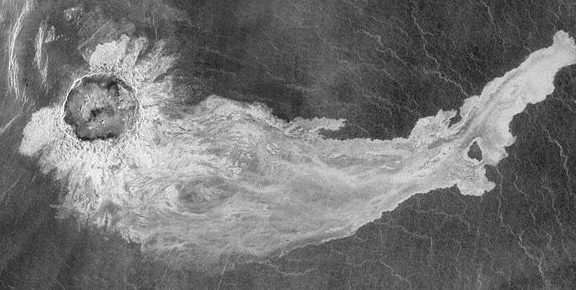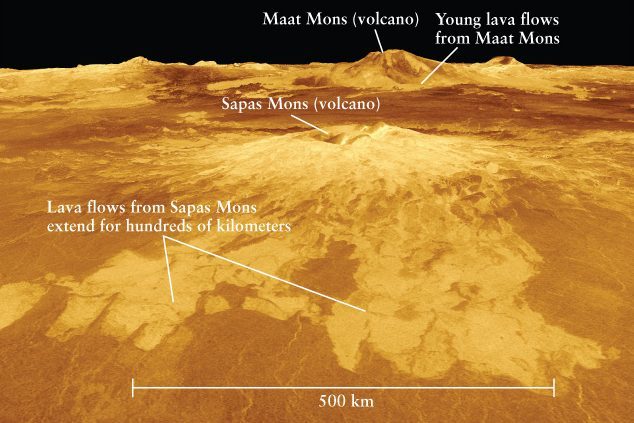St Andrews scientists have helped solve the enduring mystery of why there are so few volcanoes on Venus.
The reason can be found just below the surface.
Dr Sami Mikhail of the School of Earth and Environmental Sciences has worked with colleagues from the University of Strasbourg on the study of what is the most Earth-like plant in the solar system.
The team wanted to unearth why volcanism is rare on Venus while Earth has substantial volcanic activity.
Dr Mikhail’s research revealed that the intense heat on Venus gives it a less solid crust.
Instead, Venus’ crust is plastic-like – similar to Play-doh – meaning lava magmas cannot move through cracks and form volcanoes.
Instead the magma gets stuck in this “squidgy” layer.
This soft crust also prevents tectonic plates forming as they do on Earth – a geological phenomenon which plays an important role in Earth’s carbon cycle and is crucial its climate.
Establishing why these two sibling planets are so different in their geological and environmental conditions is key to determining how to find hospitable and hostile planets.
Dr Mikhail said: “If we can understand how and why two, almost identical, planets became so very different, then we as geologists, can inform astronomers how humanity could find other habitable Earth-like planets, and avoid uninhabitable Earth-like planets that turn out to be more Venus-like which is a barren, hot, and hellish wasteland.”











